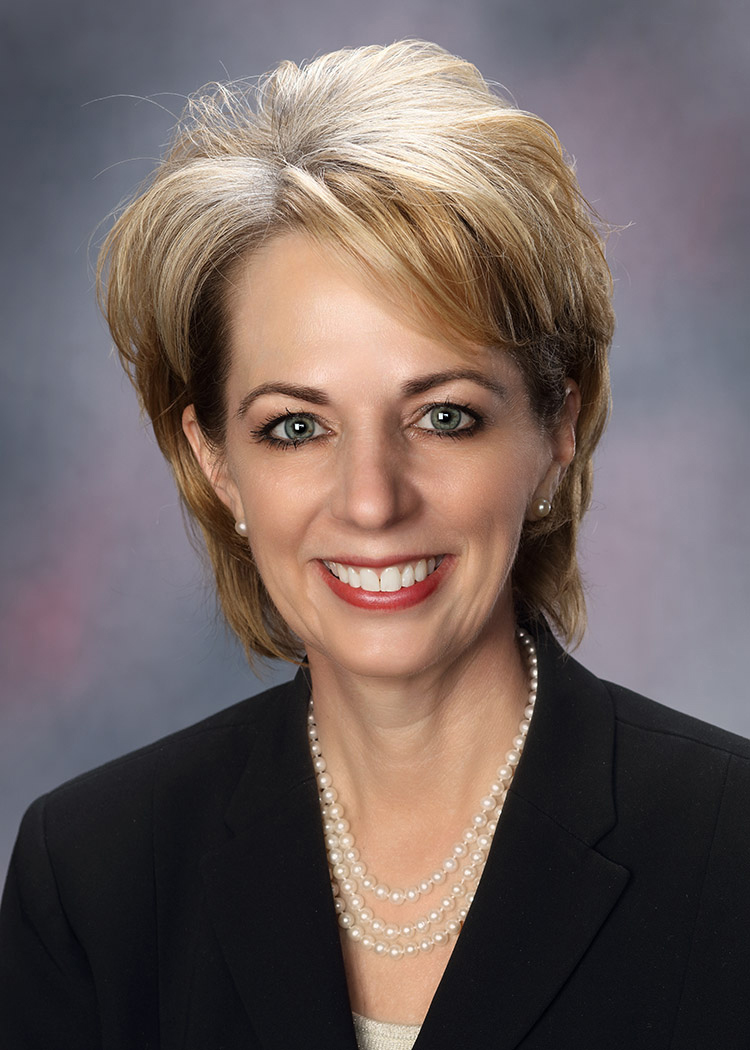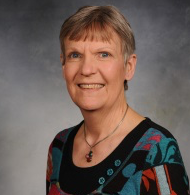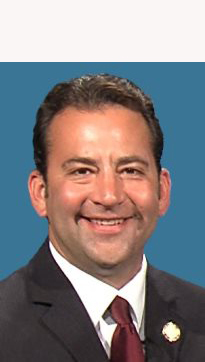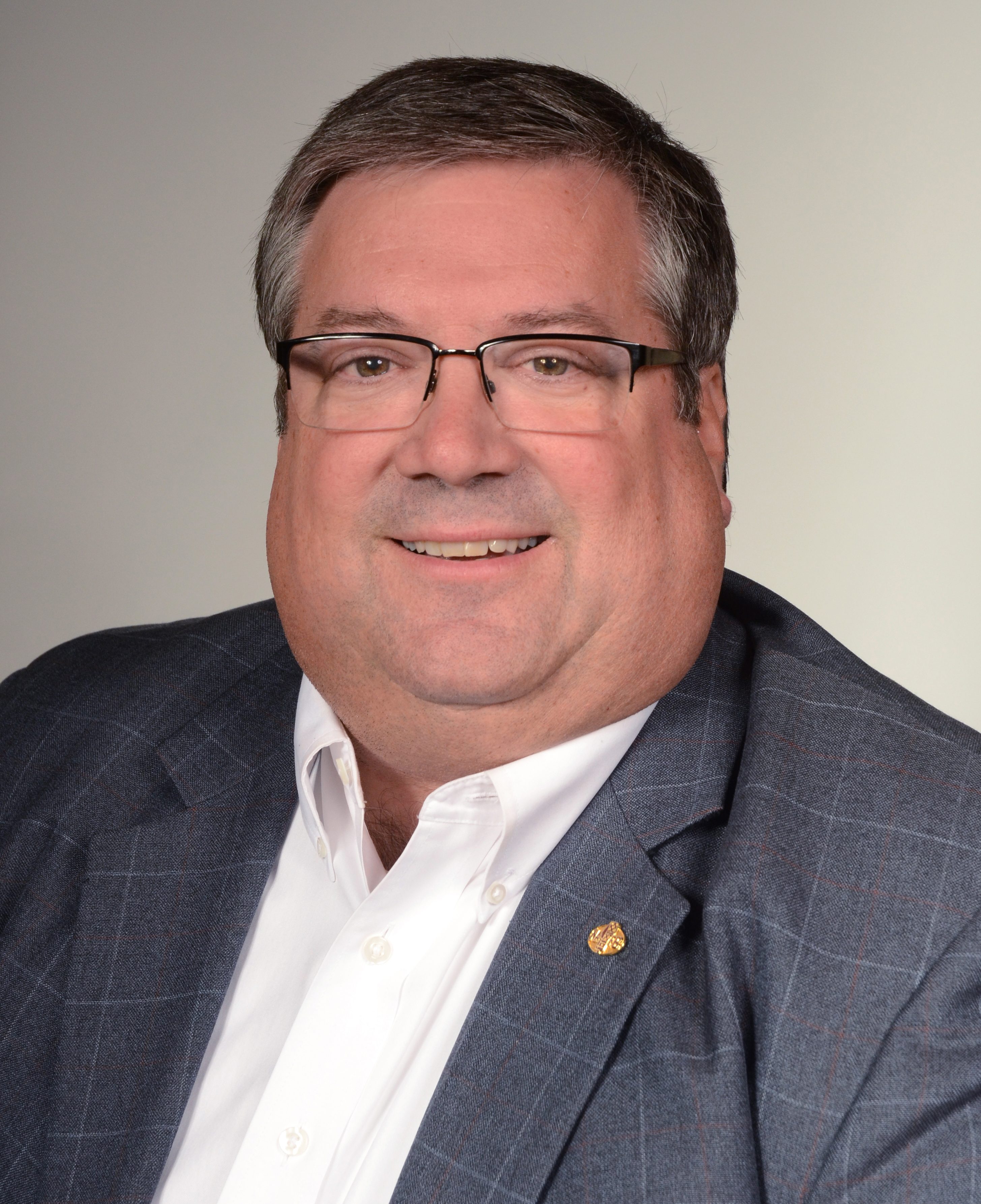Early this past Sunday morning, at the last minute, Kansas legislators passed a school funding bill of more than $500 million. The Supreme Court must still rule on its constitutionality, but the frantic maneuvering of last week allows Kansans to understand a lot about state politics as we head toward the end of the session and the 2018 elections.

#1. In contrast to 2017, when Senate Majority Leader Jim Denning joined with House Speaker Ron Ryckman to provide steady, even bold, leadership to override Governor Sam Brownback’s veto of income tax increases, the Senate remained adrift and leaderless up through the last moments of the 2018 regular session. President Susan Wagle remained incapable of leading her chamber, and Sen. Denning this year accompanied her in various strange and unproductive maneuvers that could well have derailed stopped the legislative process, despite the clear need to address the Supreme Court’s mandate on school funding.
After delaying the proceedings to demand passage of an unwise, unpassable constitutional amendment to strip the Court’s authority to require school funding, Denning joined Wagle to offer a low-ball, $250 million school finance figure that the Court would have rejected out of hand. Last year’s statesman, cited as a “best state legislator” by Governing magazine, took an unproductive, far-right turn in addressing the session’s top issue.
#2. Under pressure, bipartisan coalitions narrowly prevailed in both chambers. In the House, some Democrats opposed the final education bill because it did not spend enough, but the moderate Republican-Democratic coalition squeaked by. Notably, Speaker Ryckman provided the 63rd vote, as moderate Republicans made the difference.
#3. Although Governor Jeff Colyer endorsed the $500 million-plus House bill, he offered little leadership in pressing the Senate to make a deal. Sam Brownback did receive a bit of credit for suggesting $600 million in his January State of the State address, but that merely reflected the session-long conventional wisdom that $500-600 million would be a minimum to satisfy the Court.
#4. Governor Colyer, by backing the House bill, differentiated his position from that of Secretary of State Kris Kobach, who has been consistently willing to confront the Court and create a constitutional crisis. Colyer is saying, in essence, “I’m conservative, but I’m not willing to throw the state under a bus.” Kobach would drive the bus.
#5. Election threats failed. Senate President Wagle weighed in, threatening Senate chairs if they voted for the bill, and she and her Chamber of Commerce allies conjured up the vision of legions of far-right primary candidates who would receive generous funding to oppose House Republicans’ supporting the $500 million figure. These threats may be real, but 2018 scarcely seems a year to encourage GOP challenges in either primaries or the general election.
#6. Finally, and unsurprisingly, the school finance legislation has proved technically deficient, in that it appropriates $80 million less than the Legislature originally assumed. Given the pressure-cooker politics of the session’s last few days, this is understandable, but it demonstrates the dangers of rushed legislation. Rather than make a bunch of head feints, the Senate could have carefully worked the bill, but its leadership chose not to.
In a session with few notable leaders and increasing rancor, passing a funding package is significant. The bruising process demonstrated, however, that (a) the Kansas Legislature has not abandoned its highly partisan, unproductive ways of the 2011-2016 period and (b) the 2018 state legislative elections will be extremely important for the direction of the state.
Burdett Loomis is an emeritus professor at the University of Kansas.

























